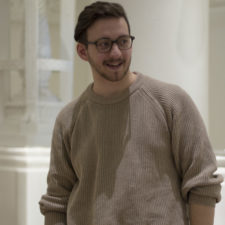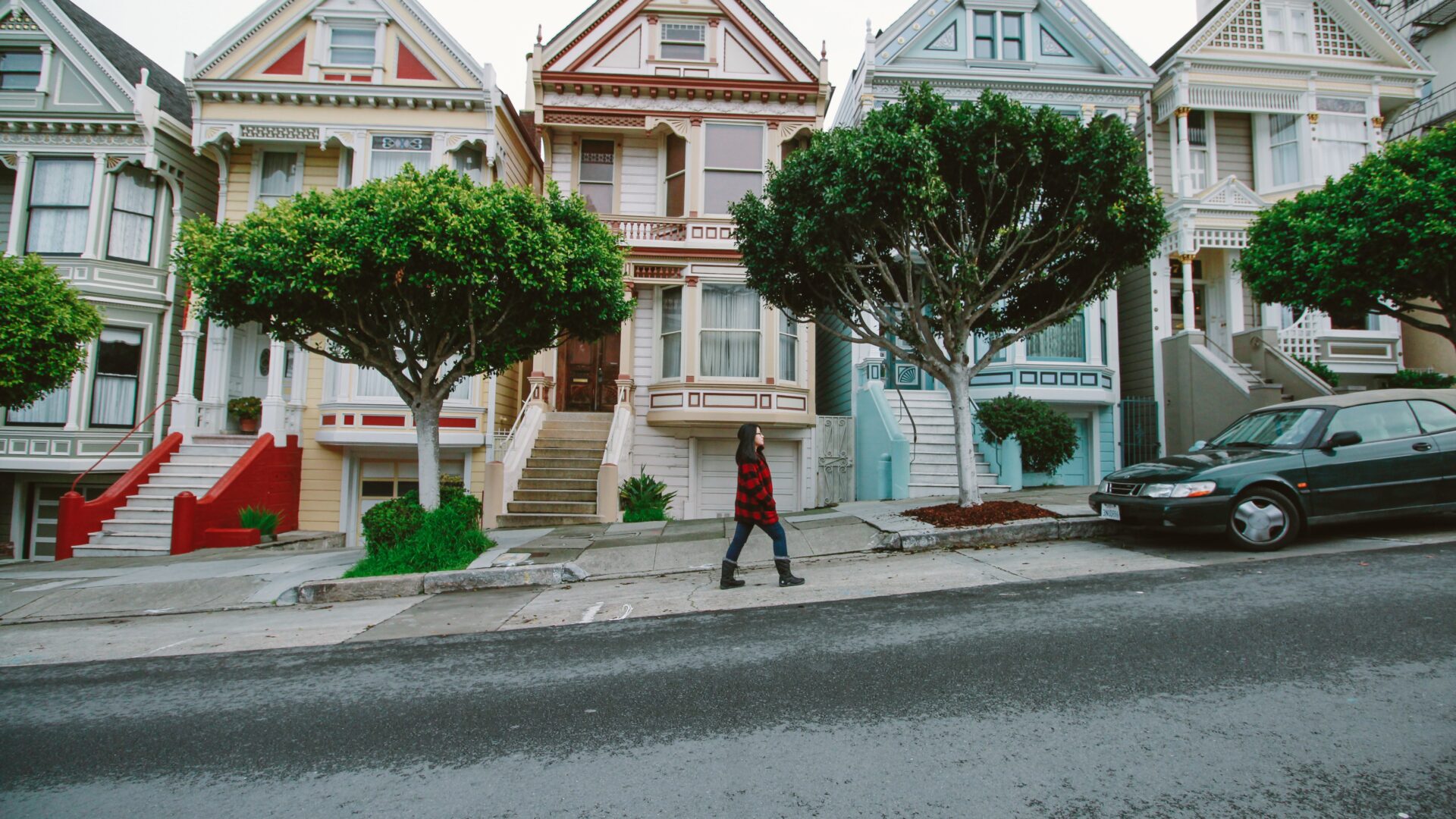Noor Al-Samarrai’s debut poetry collection, “El Cerrito” (Inside the Castle, 2018) documents the wanderings and explorations of its narrator as she travels the suburbs of El Cerrito, California. Formally, the project is split into two major components: the poems themselves and the extensive footnotes which document the historical and personal references made throughout the book.
“El Cerrito” primarily takes place in the stores, parks and landmarks of the Bay Area suburbs (like Albany, Kensington and Berkeley) where Al-Samarrai and friends wander, marking down their experiences and tapping into the local magic. The poet here often comes across as a kind of technician or historian, although her wandering is organic, each location seems to hold its own vast history and power which Al-Samarrai is able to tap into, inspect and explore.
In each section, the poet documents a new location and finds a new history. She takes the mundanity of each space and unearths what has been hidden underneath the surface. “El Cerrito” beautifully reveals these moments to the reader. I was often reminded of conceptual artist Sophie Calle’s project “Suite Venitienne (Follow Me)” in which the narrator follows a stranger through Venice, taking photos and detailing their movements. Only here it feels as if there is no real figure a step ahead of us. Instead, as if there is some unknown aura which moves the poet from one space to the next.
The first few pages of “El Cerrito” are almost deceitful. They keep the secret of the book’s later sections hidden incredibly well, because until the setting becomes the outskirts of Istanbul, I had assumed that we would remain in the Bay Area, wandering through various suburbs. Instead, Al-Samarrai abruptly (and almost metaphysically) rearranges the scenery.
Yet the structure and the objective seems to remain the same. Al-Samarrai remains a kind of historian/technician, entering these spaces and documenting their history as she tries to tap into the local magic. Where the suburban wanderings felt aimless and organic, the poet’s new trip feels more goal-driven initially, like she’s trying to reach Istanbul. Even then, we are only there for a moment before we again begin wandering these new suburbs. A familiarity soaks into this new environment and we return to that organic flow, drawn by the magic emanating from these locales and the movement of other bodies.
But now the scope of the book has become large and epic. The poet’s journey feels like a mutation of the hero’s journey (including a reference to Joseph Campbell himself), trimming the exaggeration and melodrama of the latter. With mentions of “The Hobbit” and “Lord of the Rings,” it seems that the poet has taken fascination with these vast journeys. But here, the subject’s movement through time and space is not driven by some idyllic boon. Instead, the movements of “El Cerrito” resemble the flâneur, Al-Samarrai takes up a position predominantly occupied by white men (Baudelaire as the most obvious example) and changes it into something less passive and mythical. Al-Samarrai’s wanderer is involved, active, discovering what each of these places is made from, archiving their histories, tapping into their magic. She is not the apolitical observer that Baudelaire desired his flâneur to be.
In these poems there is a focus on the local geographies of the suburban landscape, with these overlooked histories unfolding in the periphery of something much larger. Al-Samarrai expertly and beautifully examines these various locales. And I can’t help but recommend this book to everyone. It’s a perfect example of how the artist should wander and observe, the new definition of what a flâneur should be.

Mike Corrao is a young writer working out of Minneapolis. His work has been featured in publications such as Entropy, decomP, Cleaver and Fanzine. His first novel will be released in fall of 2018 by Orson’s Publishing.


0 comments on “Local Magic and Poetry in Noor Al-Samarrai’s “El Cerrito””